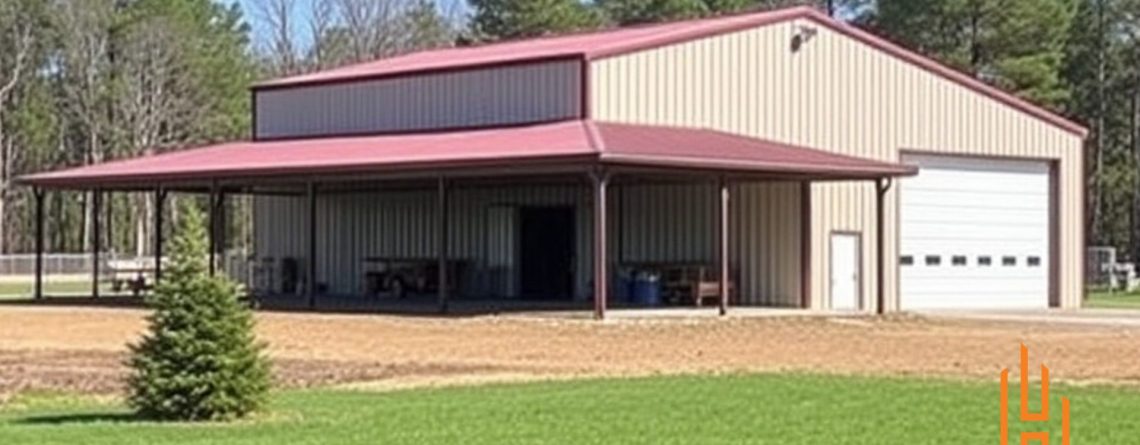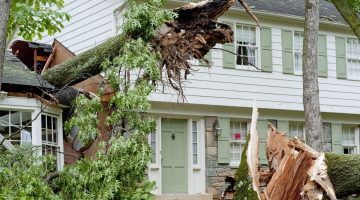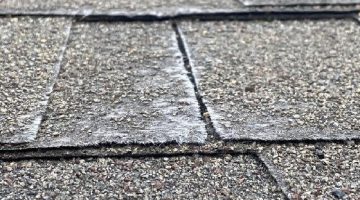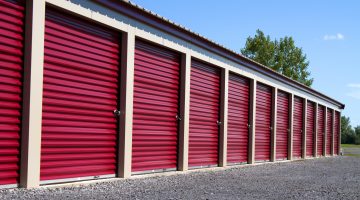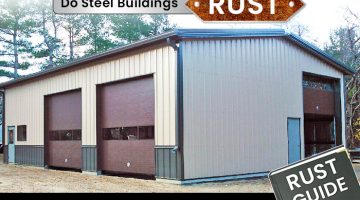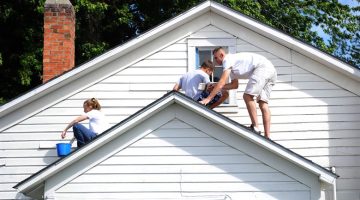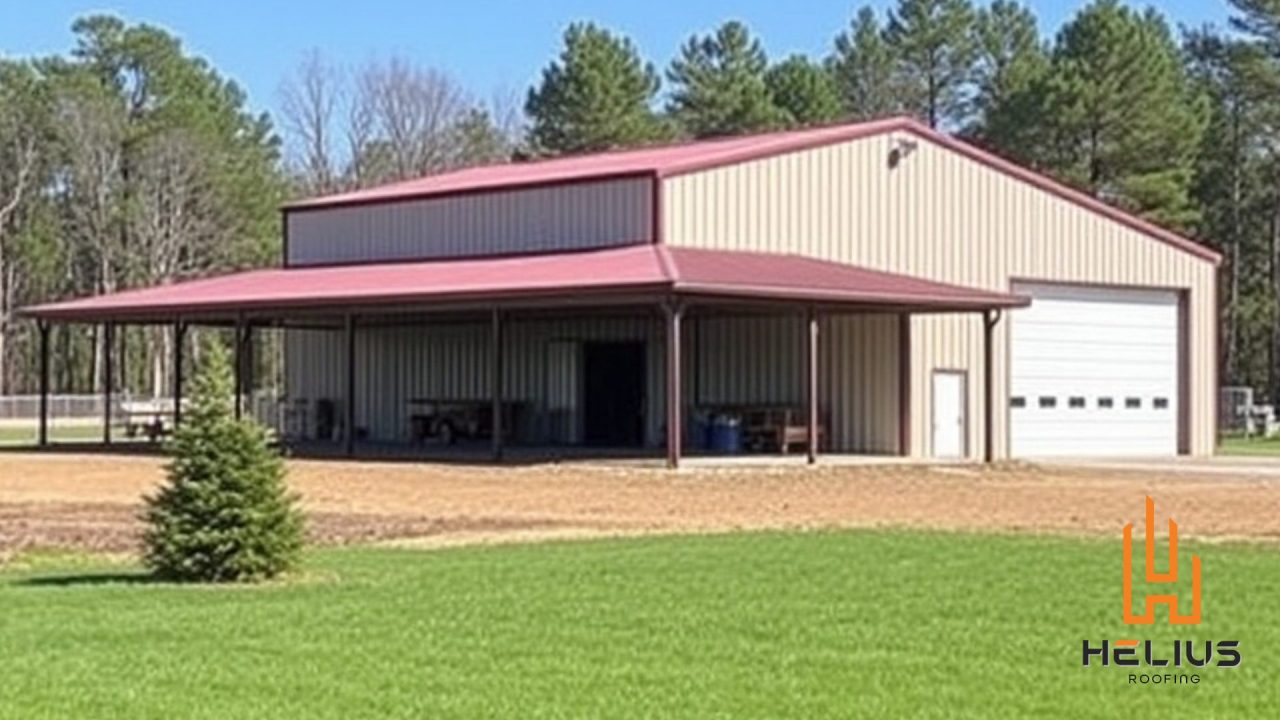
Metal buildings have gained widespread popularity for their durability, cost-effectiveness, and versatility. These structures, ranging from storage units and agricultural barns to commercial spaces and residential homes, provide excellent value. However, one crucial element that often gets overlooked in metal building construction is ventilation. Proper ventilation plays a critical role in ensuring the longevity of the building, the comfort of its occupants, and the structural integrity of the materials used.
At Helius Roofing & Construction, we emphasize the importance of proper ventilation in every metal building we design and construct. As experts in roofing and construction, we understand how vital air circulation is to the overall performance and sustainability of metal structures. In this article, we’ll explore why ventilation is a key consideration and how it benefits metal buildings in both the short and long term.
1. Regulating Temperature
One of the most immediate benefits of proper ventilation in a metal building is temperature regulation. Metal, as a material, tends to absorb and retain heat quickly. During hot summer months, a poorly ventilated metal structure can become stifling, trapping heat inside and making the interior uncomfortable for occupants or damaging stored goods.
Heat Accumulation and the Greenhouse Effect
Metal buildings can become heat traps if not properly ventilated. Without adequate airflow, heat builds up inside, creating a greenhouse effect that can push internal temperatures to extreme levels. For structures used as workshops, garages, or homes, this heat buildup can make the environment unbearable. In agricultural buildings, excess heat can negatively affect livestock and perishable goods.
Proper ventilation allows hot air to escape and cooler air to enter, creating a balanced and more comfortable indoor climate. This is especially important for buildings in areas with high temperatures or prolonged exposure to the sun, like the climate in Texas, where Helius Roofing & Construction is based.
Reducing HVAC System Strain
For buildings that rely on HVAC systems for heating and cooling, proper ventilation can also reduce the strain on these systems. When hot air is allowed to escape through vents or fans, air conditioning units don’t have to work as hard to cool the space. This can lead to energy savings and lower utility bills, making ventilation an eco-friendly and cost-efficient solution.
2. Preventing Moisture Accumulation
While controlling heat is a top priority, proper ventilation in metal buildings also plays a crucial role in managing moisture levels. Moisture accumulation can lead to a host of problems, including corrosion, mold growth, and structural damage.
Condensation in Metal Buildings
Metal buildings are especially prone to condensation. This occurs when warm, humid air comes into contact with cooler metal surfaces, causing the water vapor to condense into liquid droplets. Without adequate ventilation, this moisture has nowhere to go, and over time, it can accumulate on the walls, roof, and insulation.
Long-Term Damage from Moisture
Excess moisture can have devastating effects on a metal building. Rust and corrosion can form on metal components, weakening the structure over time. Insulation materials can become waterlogged, reducing their effectiveness and leading to higher energy costs. Mold and mildew growth can occur, which not only damages the building but also poses health risks to occupants.
By incorporating proper ventilation systems, such as ridge vents, gable vents, and exhaust fans, moisture can be effectively expelled from the building. These ventilation solutions ensure that humid air doesn’t have the opportunity to condense inside, protecting both the building and its contents from long-term moisture damage.
3. Improving Air Quality
Ventilation isn’t just about regulating temperature and moisture; it also plays a vital role in maintaining healthy air quality inside metal buildings. Poor air circulation can lead to the buildup of airborne contaminants, including dust, chemicals, and volatile organic compounds (VOCs).
Health Risks from Poor Ventilation
In buildings used for manufacturing, workshops, or agricultural purposes, contaminants such as fumes from machinery, chemicals, or animal waste can accumulate quickly. Without proper ventilation, these pollutants can linger in the air, leading to respiratory issues and other health problems for those who work or spend time in the building.
Encouraging Fresh Air Flow
Ventilation systems promote fresh air flow throughout the structure, reducing the concentration of harmful substances. This is especially important in enclosed spaces where people spend extended periods of time. At Helius Roofing & Construction, we work with building owners to ensure their ventilation systems are designed to maximize air exchange and keep indoor air quality at healthy levels.
4. Protecting Structural Integrity
Proper ventilation doesn’t just benefit the comfort and safety of the building’s occupants—it also protects the building’s structural integrity. Metal is a highly durable material, but it’s not immune to damage caused by extreme temperatures, moisture, and poor air circulation.
Preventing Corrosion and Rust
As mentioned earlier, condensation can lead to rust and corrosion on metal surfaces. Over time, rust weakens the structure of the building and can cause unsightly damage that reduces its aesthetic appeal. Rusty support beams, roof panels, and fasteners can compromise the safety of the building, leading to expensive repairs or replacements.
By ensuring that moisture is continuously expelled from the building, proper ventilation prevents corrosion and extends the life of the metal components. This is particularly important for metal buildings in humid or coastal areas where salt air can accelerate corrosion.
Maintaining the Roof’s Lifespan
The roof is one of the most critical parts of any metal building, and it’s also one of the most vulnerable to the effects of poor ventilation. When hot air becomes trapped in the roof cavity, it can cause thermal expansion and contraction of the metal panels. Over time, this can lead to warping, leaks, and structural damage.
At Helius Roofing & Construction, we design metal building roofs with adequate ventilation to allow hot air to escape, preventing unnecessary wear and tear on the roof panels. This not only maintains the roof’s lifespan but also reduces the likelihood of costly repairs down the road.
5. Enhancing Energy Efficiency
Ventilation also plays a key role in the overall energy efficiency of a metal building. By allowing hot air to escape and cool air to enter, ventilation reduces the need for mechanical heating and cooling systems to work overtime. As a result, the building uses less energy, which can significantly lower operational costs.
Passive Cooling and Ventilation Solutions
In many cases, natural or passive ventilation solutions can be incorporated into the design of a metal building. Ridge vents, louvers, and windows strategically placed to encourage airflow can create a ventilation system that requires no additional energy to operate. This eco-friendly approach not only reduces utility bills but also minimizes the building’s carbon footprint.
For buildings that require more advanced climate control, such as commercial spaces or residential barndominiums, mechanical ventilation systems can be added to enhance energy efficiency. Exhaust fans, air exchangers, and HVAC systems can be used in conjunction with passive ventilation features to create an optimal indoor environment.
6. Custom Ventilation Solutions by Helius Roofing & Construction
At Helius Roofing & Construction, we understand that every metal building has unique ventilation needs based on its size, location, and purpose. That’s why we offer custom ventilation solutions that are tailored to each project. Whether it’s a commercial warehouse, an agricultural structure, or a residential metal building, we design ventilation systems that ensure proper air circulation and protect the building’s long-term performance.
Our Commitment to Quality
With years of experience in the roofing and construction industry, we’ve seen firsthand how proper ventilation can make a significant difference in the longevity and functionality of metal buildings. Our team works closely with clients to assess their ventilation requirements and provide solutions that meet their specific needs. From passive ventilation systems to advanced mechanical solutions, we ensure that every building we construct is designed for optimal performance.
Conclusion
Proper ventilation is essential for the health, comfort, and longevity of metal buildings. It regulates temperature, prevents moisture buildup, improves air quality, protects structural integrity, and enhances energy efficiency. At Helius Roofing & Construction, we are committed to providing our clients with ventilation solutions that ensure their metal buildings remain durable and comfortable for years to come. Whether you’re constructing a new building or looking to improve an existing one, our team has the expertise to deliver the right ventilation system for your project.

